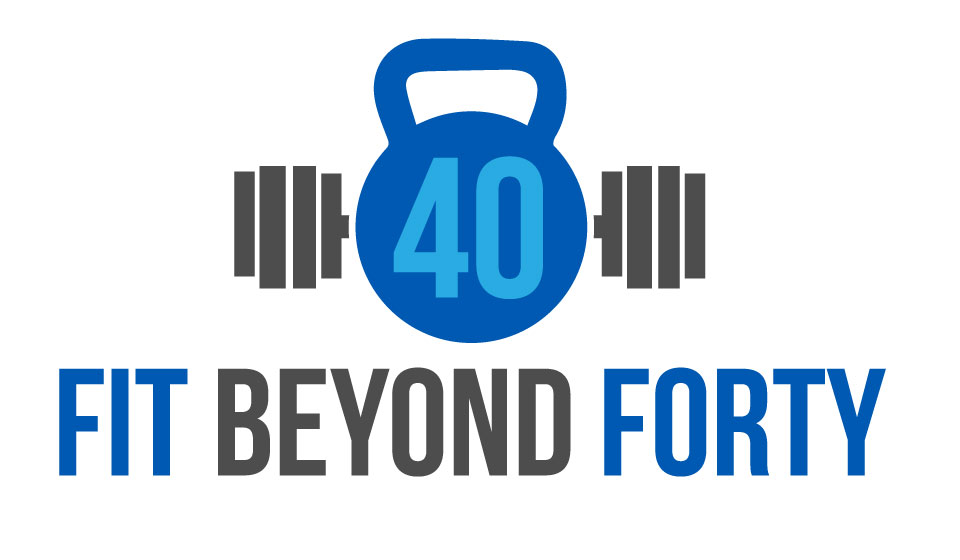My new personal training clients often complain of lower back pain. It’s no surprise. Eighty percent of Americans develop lower back pain. I tell my new clients that one of the best things they can do to address back pain is to build their core. The core includes the abdominals, the deep back muscles, as well as the hip muscles. These muscles support the spine and pelvis. Core muscles work like a back brace, keeping the midsection stable and upright.
I tell my clients that the goal isn’t a six-pack, though there’s nothing wrong with that. Crunches and sit ups mainly work the larger, exterior muscles up front, but don’t work the deeper abdominal muscles. Those deeper muscles that attach to the spine and pelvis are the ones that help protect the lower back. Working those deep muscles, along with strengthening hip and back core muscles, is the path to rehabilitating the lower back.
Here are four exercises to strengthen your core.
Planks
Planks work the deep core muscles that serve as a corset to protect your lower back. Lie face down with your forearms and toes on the floor. Lift your entire body off the ground until it forms a straight line from head to toes, resting on your forearms and toes. Make sure your elbows are directly under your shoulders. Relax your head while you look at the floor.
Draw in your navel toward your spine. Keep your shoulders down, not creeping up toward your ears. Your heels should be over the balls of your feet. Squeeze your glute muscles together. Don’t arch your back, sag your hips, or tilt your head up. Try to hold that position for twenty seconds.
If that’s too hard, keep the plank position while placing your knees on the mat. Still keep your body straight from knees to toes. Another way to make the plank less difficult is to place your hands on the floor, like you’re doing push-ups, with your knees on the floor, keeping the plank position. You can also make it less difficult by placing your hands or forearms on an elevated surface, like a table or chair, still keeping your body straight from head to toes.
Side planks
Side planks build the muscles that run along the side of your abdominals. Lie on your right side, with your legs extended and stacked from hip to feet. Place the elbow of your right arm directly under your shoulder. Keep your head directly in line with your spine. Your left arm can lie along the left side of your body. Draw in your navel toward your spine and roll your shoulders back. Squeeze your glute muscles together.
Lift your hips and knees from the floor while exhaling. Keep your torso straight with no sagging or bending. Hold the position for ten seconds, longer if you can. Change sides and repeat.
You can make the exercise less difficult by lifting from your knees, instead of your feet. Another way to make it less difficult is by placing your forearms on an elevated surface, like a table or chair.
Floor Bridges
This exercise builds your glutes, which are crucial to support your lower back. Lie on your back with your knees bent and feet pointing forward. Draw your navel toward your spine. Raise your hips off the floor until they line up with your knees and shoulders. Squeeze your glute muscles, then return slowly to the starting position and repeat. Complete ten repetitions.
Bird dogs strengthen the core muscles in the back of the body. Find a spot with enough space to extend an arm and leg at the same time. Get on all fours on an exercise mat or other cushioned surface with your knees hip-width apart and hands firmly on the ground, about shoulder-width apart. Draw in your navel toward your spine. This is the starting position.
Point one arm out straight in front and extend the opposite leg behind you, forming a straight line from your extended hand to your extended foot. Point your foot back, not up. Keep your hips squared to the ground. If your low back begins to sag, raise your leg only as high as you can while keeping the back straight.
Hold for two seconds, then return to the starting position. Keep your navel drawn in throughout the entire exercise and minimize extra motion in your hips during the weight shift. Perform this movement ten times. Switch to the other side.
If this movement is hard at first, start by extending one arm slowly, not moving your knees or feet, then returning your arm to the starting position. When you can perform this movement ten times without shifting your hips, try extending one leg back, while keeping your hands on the floor, then returning your leg to the starting position.
When your core muscles are strong, it's easier to swing a golf club, get a glass from the top shelf, and bend down to tie your shoes. Weak core muscles leave you more prone to poor posture, lower back pain, and muscle injuries. Strengthening your core muscles helps back pain diminish and lowers the risk of falls. Give these four exercises a try to get a strong core. Having strong core muscles just makes your life better.


